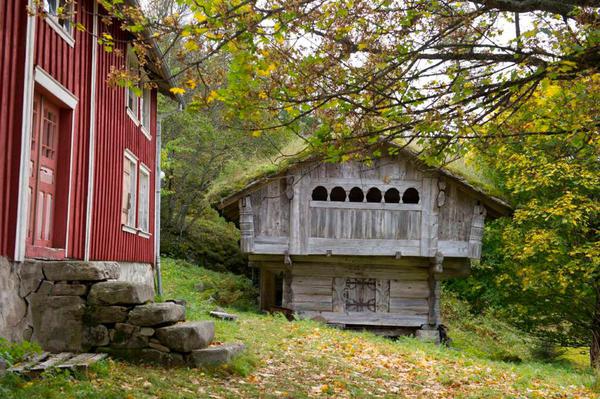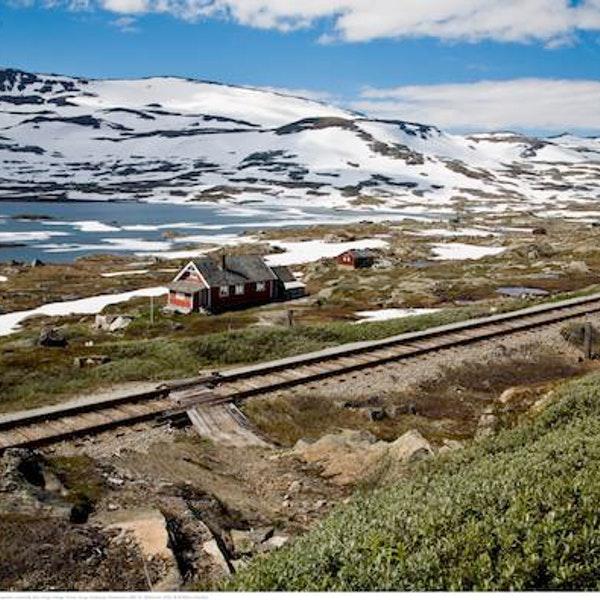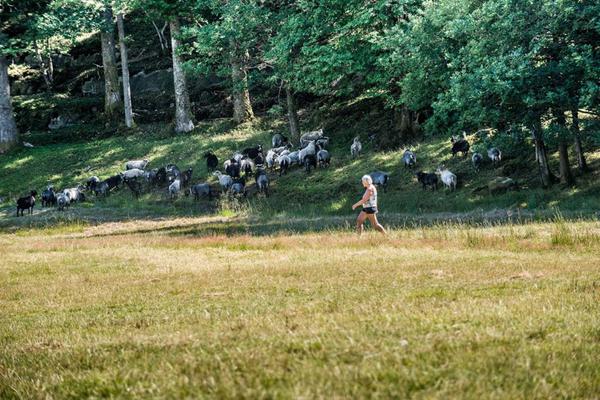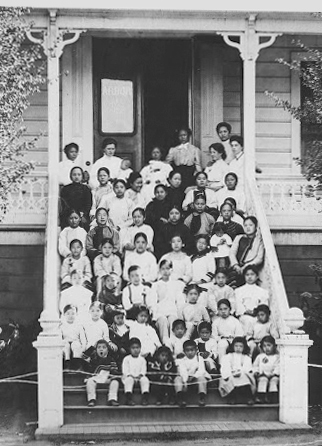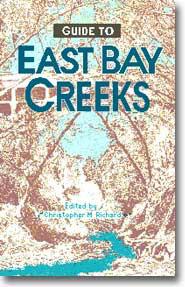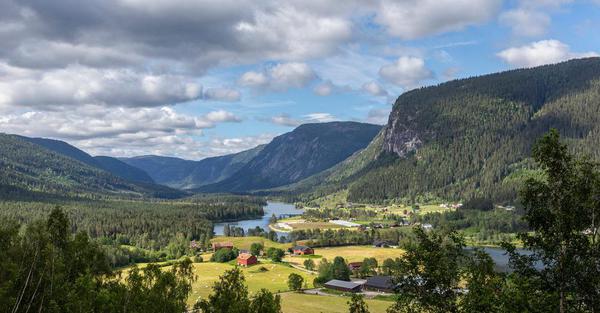
A Norwegian Valley Where the Old Ways Beckon
One sweltering night last July, I found myself inside a small auditorium in a Norwegian valley called Setesdal for a community concert. A young woman stood in the right aisle, dressed in the valley’s traditional bunad dress, a billowing black skirt with red and green stripes at the hem, a full-sleeved white blouse, and a kerchief that covered her hair. Her crystalline soprano voice unfurled across the room. From the other side of the auditorium, a middle-aged woman, also in full costume, sang in
